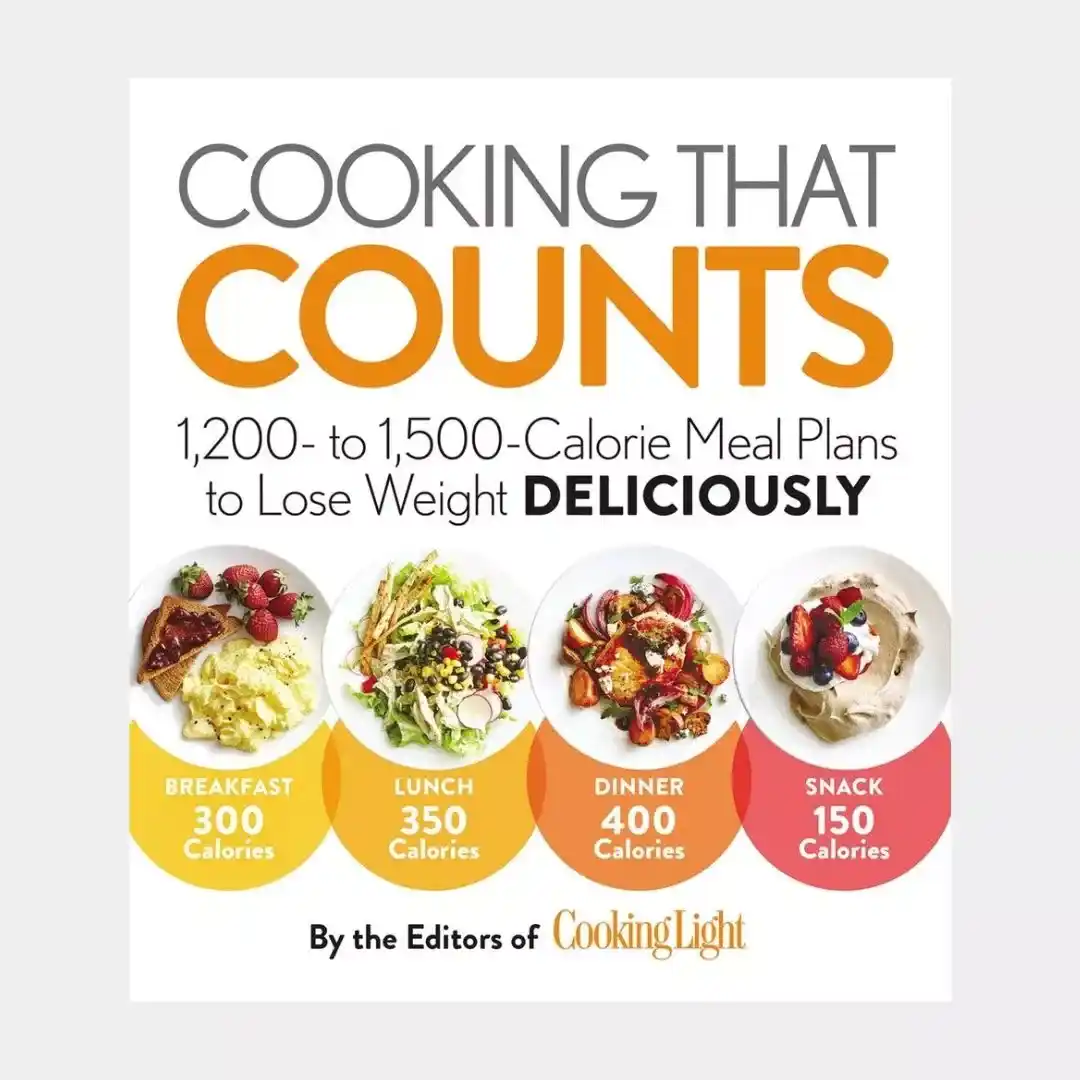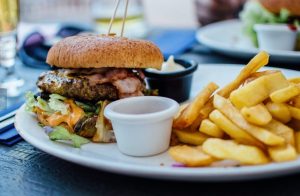
Losing weight can feel overwhelming when you are trying hard yet seeing slow results. I remember waking up each day promising myself I would eat better, then guessing portions and hoping for progress. Even though I was eating “healthy,” I struggled with portion sizes and consistency. Once I followed a structured 1500 calorie meal plan, things changed. My energy improved, my hunger stabilized, and the scale finally started moving.
A 1500 calorie meal plan works not because it restricts you, but because it gives you practical structure. You get enough food to feel satisfied, while staying in a calorie deficit that supports steady, healthy weight loss. Whether you are a beginner or simply tired of confusion, this guide gives you the clarity and flexibility you need.
What Is a 1500 Calorie Meal Plan?
Understanding the 1500 Calorie Meal Plan
A 1500 calorie meal plan provides structured daily meals totaling around 1500 calories. It allows your body to stay in a calorie deficit, which encourages fat loss while still fueling your daily activities. For many women and some lightly active men, this intake offers a comfortable and sustainable weight-loss range.
However, this is not a one-size-fits-all number. Everyone’s body burns calories differently. Age, height, activity level, and metabolism matter. Before starting, calculate your Total Daily Energy Expenditure (TDEE) to understand whether 1500 calories fits you.
Why 1500 Calories Helps With Healthy Weight Loss
When you consistently eat fewer calories than your body needs, you lose weight. A plan like this helps remove guesswork. It reduces overeating, balances nutrients, and supports steady fat loss without extreme dieting. People often report better energy, improved digestion, and fewer cravings, especially when meals emphasize protein and fiber.
Who Should and Should Not Follow It
A 1500 calorie plan works well for:
- Many adult women aiming to lose weight
- Sedentary or lightly active individuals
- Those seeking portion control guidance
On the other hand, this approach may not fit:
- Athletes or highly active individuals
- Pregnant or breastfeeding women
- People with medical conditions without supervision
If you fall into these categories, consult a registered dietitian or healthcare provider.
Table: Daily Calories vs 1500 Calorie Meal Plan
| Category | Average Daily Needs | Fit for 1500 Calorie Plan |
|---|---|---|
| Sedentary women | 1800–2000 | Often yes |
| Sedentary men | 2200–2400 | Often low |
| Active women | 2000–2400 | Case-by-case |
| Athletes | 2500–3500 | Not suitable |
Macros and Foods for a Balanced 1500 Calorie Meal Plan
Macro Breakdown
Protein, carbs, and fats all matter. Balanced macros support muscle, keep hunger low, and fuel the body.
| Macro | % of Calories | Daily Target |
|---|---|---|
| Protein | 30% | ~112g |
| Carbohydrates | 40% | ~150g |
| Healthy Fats | 30% | ~50g |
Protein helps keep you full and supports lean muscle. Carbs provide steady energy. Healthy fats keep hormones balanced and meals satisfying.
Best Foods to Include
Focus on whole, nutrient-dense food:
- Lean protein like chicken, turkey, fish, tofu, eggs, lentils
- Whole grains such as oats, quinoa, brown rice, whole wheat pasta
- High-fiber vegetables including spinach, broccoli, zucchini, peppers
- Fruits like berries, apples, and bananas
- Healthy fats such as avocado, olive oil, nuts, and seeds
What to Limit
A successful 1500 calorie Meal Plan does not ban food groups. It simply encourages moderation. To stay full and energized, limit:
- Sugar-sweetened beverages
- Highly processed snacks
- Heavy sauces and dressings
- Fried fast foods
- Excessive baked treats
Focusing on nutrient-dense choices helps you stay satisfied while losing weight.
7-Day Sample 1500 Calorie Meal Plan

Here is a simple structure you can follow each day:
- Breakfast: ~350 calories
- Lunch: ~400 calories
- Dinner: ~500 calories
- Snacks: ~250 calories
Day 1 Sample Menu
| Meal | Example | Calories |
|---|---|---|
| Breakfast | Oats with berries, chia seeds, and Greek yogurt | 350 |
| Lunch | Grilled chicken quinoa bowl with vegetables | 400 |
| Dinner | Salmon, steamed broccoli, sweet potato | 500 |
| Snacks | Apple and almonds | 250 |
This plan focuses on high-protein meals with fiber and complex carbohydrates. You stay full longer, which helps you remain consistent.
Meal Prep Tips
Batch cooking helps save time during busy weeks.
- Grill several chicken breasts at once
- Cook oats or quinoa in batches
- Chop vegetables and fruit ahead
- Store meals in portion-controlled containers
Preparing food in advance makes following your plan much easier.
Portion Guidance and Practical Eating Tips
Visual Portion Guide
A simple hand-portion method helps you estimate servings:
- Palm-sized portion of protein
- Fist-sized serving of vegetables
- Cupped handful of whole grains
- Thumb-sized portion of healthy fats
Keep Hunger in Check
Staying satisfied supports consistency.
- Drink water before meals
- Include protein with every meal
- Add high-fiber foods like beans and greens
- Eat slowly and mindfully
Small habits can make big changes over time.

Take the guesswork out of healthy eating and enjoy real, satisfying food while losing weight the smart way. This trusted guide from the experts at Cooking Light brings you balanced 1,200–1,500 calorie meal plans, nutrient-packed recipes, and simple shopping lists — making healthy eating both achievable and delicious.
As an Amazon Associate, I earn from qualifying purchases, at no additional cost to you.
Common Mistakes to Avoid on a 1500 Calorie Diet
- Skipping protein:
Protein helps maintain lean muscle and keeps you full longer. Make sure each meal includes a good protein source. - Relying on “diet” snack foods:
Low-calorie packaged snacks may seem convenient but can lead to hunger. Choose whole food snacks like Greek yogurt, fruit, nuts, or boiled eggs instead. - Avoiding carbs entirely:
Cutting all carbs can drain your energy and increase cravings. Include nutrient-dense sources such as whole grains, fruits, and vegetables. - Forgetting to track beverages:
Drinks like soda, flavored lattes, and even fruit juices add hidden calories. Stick to water, tea, or coffee with minimal additions.
FAQs About a 1500 Calorie Meal Plan
How much weight can I lose on 1500 calories a day?
Weight loss varies, but a 1500 calorie diet typically creates a deficit for most adults, leading to a safe and sustainable loss of 1-2 pounds per week. Your exact results depend on your starting weight, age, gender, metabolism, and activity level.
What can I eat in a day for 1500 calories?
A balanced 1500-calorie day looks like this:
– Breakfast (~350 cal): 2 eggs, 1 slice whole-wheat toast, 1/2 avocado.
– Lunch (~400 cal): Large salad with grilled chicken, veggies, and light vinaigrette.
– Dinner (~450 cal): 4 oz salmon, 1 cup quinoa, 1.5 cups roasted broccoli.
– Snacks (~300 cal): Greek yogurt, an apple, and a small handful of almonds.
How many eggs are 1500 calories?
A large egg has about 70-80 calories. To reach 1500 calories from eggs alone, you would need to eat approximately 19 to 21 eggs. This is not recommended as it lacks nutritional balance, fiber, and essential vitamins from other food groups.
Start Your Healthier Journey Today
Creating structure with a 1500 calorie meal plan removes confusion and helps you build confidence around food. You do not need perfection to make progress. Instead, stay consistent, prepare simple meals, and adjust over time.
With steady effort, you will notice improved energy, better appetite control, and sustainable weight loss. Every balanced meal is a step toward feeling stronger and healthier.



